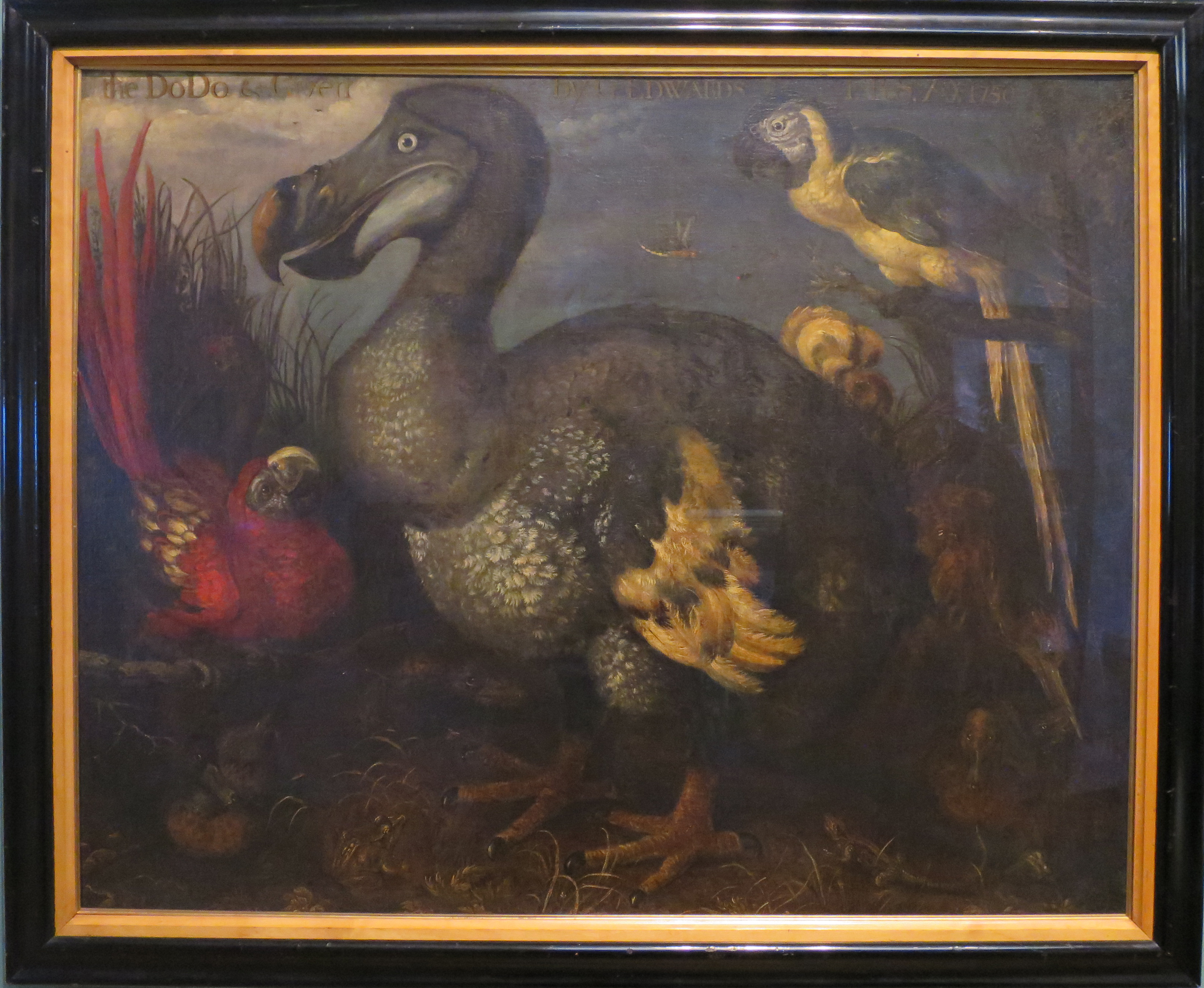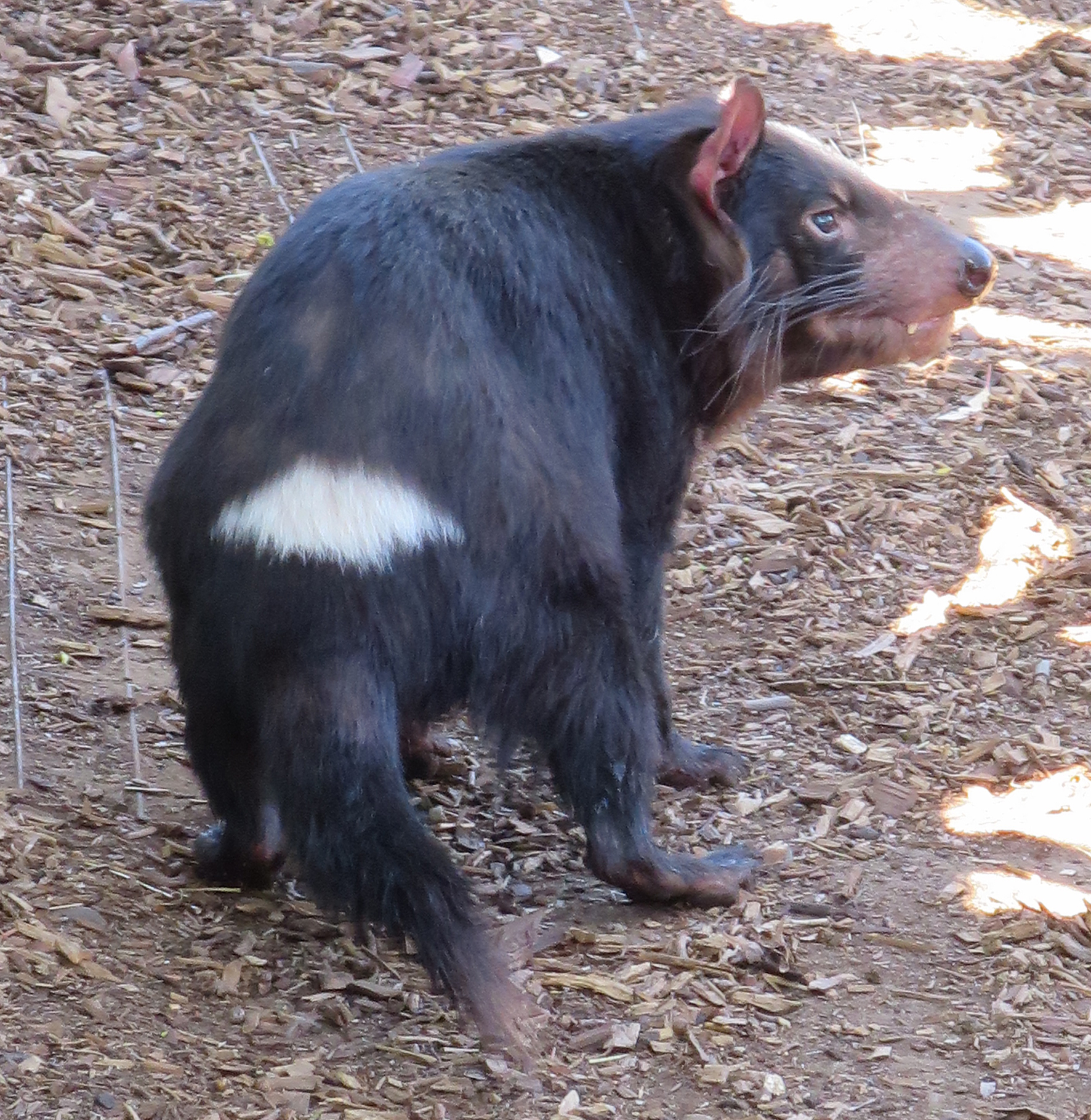
Dead as a dodo
In all likelihood you’ve heard the phrase ‘dead as a dodo’. The phrase probably has Victorian origins and built upon the existing older saying ‘dead as a doornail’ according to an article by Turvey and Cheke in Historical Biology. The earliest record of the phrase listed now in the Oxford English Dictionary is 1904 and the phrase grew in popularity beginning in the 1940s, if you believe the Google n-gram chart.

The dodo (Raphus cucullatus), a large flightless bird, was found on the island of Mauritius until the second half of the 17th century. Few relicts of the dodo survive, and Oxford Museum of Natural History has the only dodo remains with fleshy material. Although subject to much debate in the 18th and 19th centuries–there were even debates about whether or not the bird existed at all–it has come to be the iconic symbol of extinction. David Quamman’s popular The Song of the Dodo: Island Biogeography in an Age of Extinctions (1996) is just one example of the use of the dodo as a broad extinction framework.
The power of the dodo and its extinction as a cultural reference through the simile “dead as a dodo” struck me yesterday when I visited the Australian Museum in Sydney.

There is a display case “The Missing Millions” about extinct species and the possibilities we have for knowing how they looked and lived. The case was interesting to me because it had both a mounted thylacine and a thylacine skeleton. The thylacine, also known as the Tasmanian tiger, is the classic extinction story from Australia. The last confirmed thylacine died in captivity in 1936, although there continued to be sightings throughout the 20th century. The thylacine was declared extinct in 1982 by the International Union for the Conservation of Nature and the Tasmanian government did the same in 1986.

In the case, the thylacine was positioned next to a dodo pelvis found on Mauritius and an illustration of the dodo. Below this section of the case, a bright green sign highlights the dodo as the referential extinction: “Dodos are extinct and being extinct is about as dead as it gets.”
While this is true, the sign also points out hope. It asks the viewer to find the species in the case which was thought dead and then was rediscovered. It is referring to the coelacanth, the fish which was thought to have become extinct millions of years ago until one was caught in 1938. (You can see the coelacanth in the case to the left of the thylacine skeleton.) Considering that the Australian Museum was the leader in a project to sequence the DNA of thylacines using their preserved thylacine pup in order to resurrect the species through genetic de-extinction techniques, this sign of hope may be deliberately placed.
 So what is the message of “Dead as a dodo”? The phrase has often been used in similes to indicate that the death is inevitable. There is a common belief (although probably untrue) that the dodo was a stupid, slow bird whose nature led to its extinction. Museums are now shifting the meaning of the dodo. Humans are the ones who bring trouble into paradise, as an information board about the dodo in the Natural History Museum, London, claims. The dodo’s extinction was not inevitable. The dodo is the case extraordinaire of human-caused extinction, the kind which can and should be avoided in the future … and even possibly reversed.
So what is the message of “Dead as a dodo”? The phrase has often been used in similes to indicate that the death is inevitable. There is a common belief (although probably untrue) that the dodo was a stupid, slow bird whose nature led to its extinction. Museums are now shifting the meaning of the dodo. Humans are the ones who bring trouble into paradise, as an information board about the dodo in the Natural History Museum, London, claims. The dodo’s extinction was not inevitable. The dodo is the case extraordinaire of human-caused extinction, the kind which can and should be avoided in the future … and even possibly reversed.



